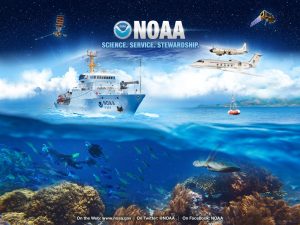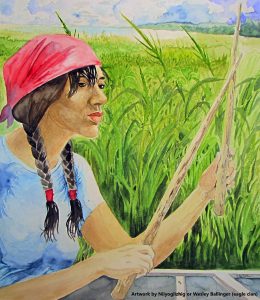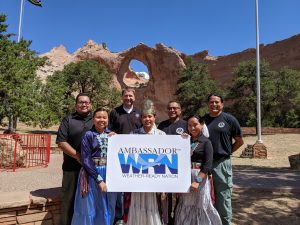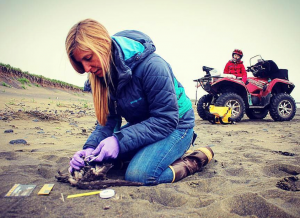Help from above – using planes, drones, and satellites to study and protect plants and animals **Smithsonian National Air and Space Museum NOAA Family Day**
NOAA Live! All Stars: Katie Sweeney, NOAA’s Alaska Fisheries Science Center in Seattle, WA Allison Henry, NOAA’s Northeast Fisheries Science Center in Woods Hole, MA Brandon Krumwiede, NOAA’s Office for Coastal Management in Duluth, MN Jennifer Stock, NOAA’s Cordell Bank National Marine Sanctuary in Point Reyes, CA In partnership with the Smithsonian National Air and Space Museum. This…
Read MoreFresh Coasts: Where Food Grows Wild on the Water
Jennifer Ballinger, Brandon Krumwiede and Heather Stirratt, NOAA’s Office for Coastal Management in Chanhassen, MN Wild rice or manoomin is a Great Lakes aquatic plant that makes our coasts special. Wild rice is a keystone species, both for the ecosystems of the Great Lakes and the people who call this place home. Join NOAA’s Office…
Read MoreForecasting for the Navajo Nation: Learning the Landscape, Culture, and Language
Tony Merriman, NOAA’s National Weather Service in Flagstaff, AZ and Doug Watchman, Navajo Nation Department of Emergency Management in Window Rock, AZ Did you know that the Navajo Nation is the size of West Virginia, and encompasses 27,000 square miles, extending into the States of Arizona, New Mexico, & Utah? More than 250,000 people live…
Read MoreYouth Programs on St. Paul Island, Alaska
Lauren Divine and Veronica Padula, Aleut Community of St. Paul Island Tribal Government on St. Paul Island, AK In the middle of the Bering Sea, between Russia and North America, is the Alaskan island of St. Paul – an incredible place with an amazing community and some of the coolest wildlife in the world. There…
Read More



